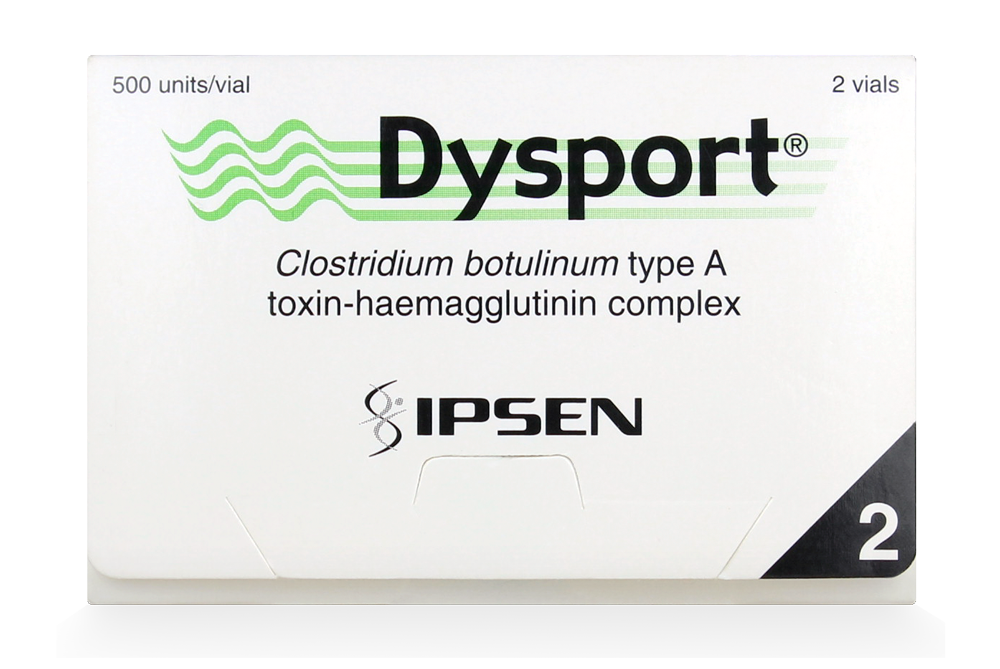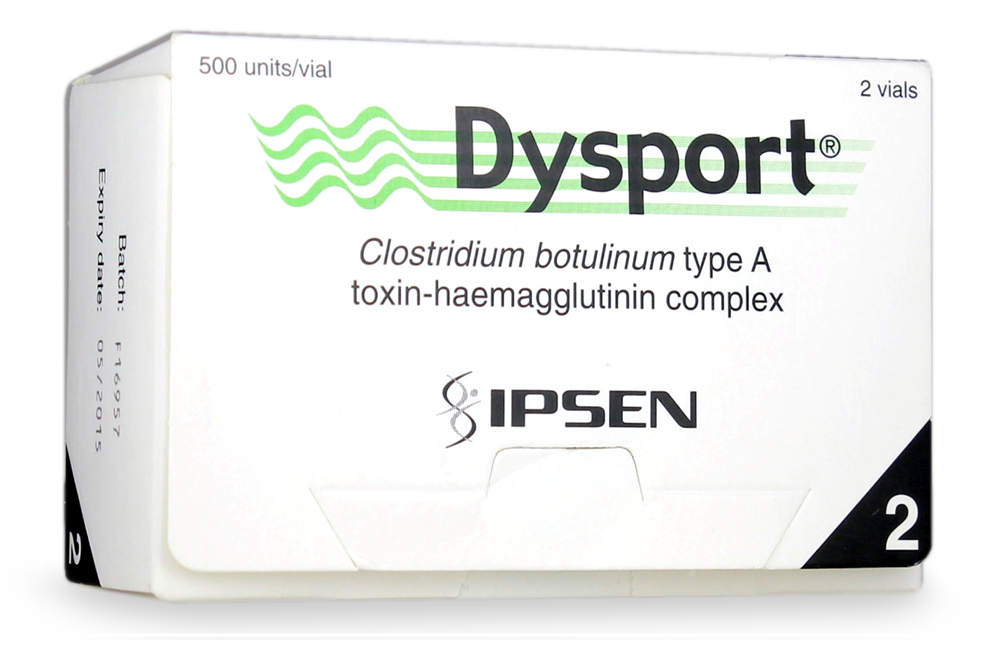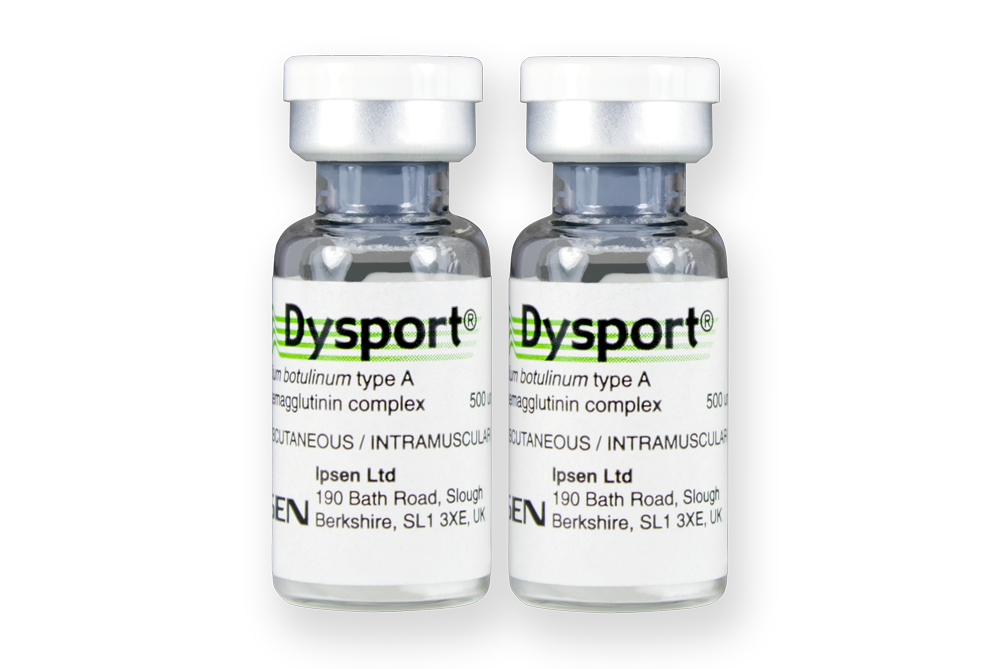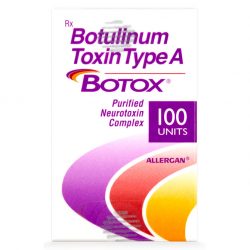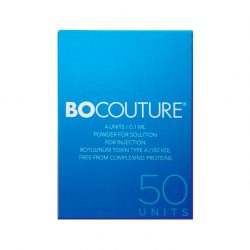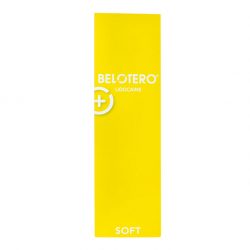Description
Dysport is used in adults to treat muscle spasms around the eyes, in the face, in the neck and shoulders, in the arm. Dysport is also used to treat spasms in the legs of children (aged two years or older) with cerebral palsy, to improve their walking. Dysport is indicated for focal spasticity, including the treatment of: arm symptoms associated with focal spasticity in conjunction with physiotherapy and; dynamic equinus foot deformity due to spasticity in ambulant pediatric cerebral palsy patients, two years of age or older. Dysport is also indicated for the following treatments: spasmodic torticollis in adults; blepharospasm in adults; hemifacial spasm in adults. The units of Dysport are specific to the preparation and are not interchangeable with other preparations of botulinum toxin. Dysport should only be administered by appropriately trained physicians.
Dysport, also known as abobotulinumtoxinA, is a neuromuscular blocking agent made from botulinum toxin type A. Over time, wrinkles and lines such as frown lines form on your patient’s face as muscles repeatedly contract and tighten. When you inject Dysport into your patient’s skin, this neurotoxin blocks the signal from your patient’s nerves to their muscles. The muscles beneath your patient’s skin relax, and since they are not contracting, they do not form frown lines on the surface of your patient’s skin. This results in smoother skin for your patients and a younger appearance.
Benefits:
Dysport is a treatment with a variety of cosmetic and medical indications. Dysport is similar in many respects to its more notable counterpart, Botox, with minor differences in cost, dosage, and effect. Some patients and doctors prefer the look of Dysport when treating crow’s lines, but overall patients and doctors might prefer Dysport or Botox or notice no difference at all. Some claim that Dysport takes effect quicker and lasts longer. Some cosmetic surgeons also like to alternate between using Dysport and using Botox, since some patients may get “Botox burnout” and stop responding to Botox after time.
